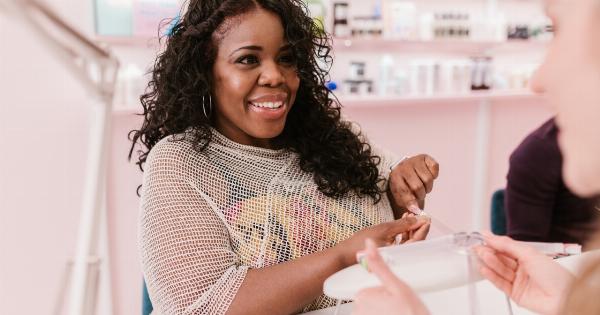Premature hair aging is a common concern for many individuals today. It refers to the early signs of hair aging, such as graying, thinning, and loss of hair quality.
While aging is a natural process, several factors can contribute to the premature aging of hair. Understanding these factors can help individuals take proactive steps to maintain healthy and youthful-looking hair. In this article, we will explore ten key factors that contribute to premature hair aging.
1. Genetics
Genetics play a significant role in determining the health and appearance of our hair. Family history and genetic factors can influence the rate at which our hair ages.
If your parents or close relatives experienced premature hair aging, there is a higher likelihood that you may also experience the same.
2. Environmental Factors
Exposure to various environmental factors can accelerate hair aging. Factors such as UV radiation, pollution, and harsh weather conditions can cause damage to the hair cuticle, leading to dryness, breakage, and loss of color pigments.
3. Poor Nutrition
The food we consume plays a crucial role in maintaining the health of our hair. Poor nutrition, particularly a lack of essential vitamins, minerals, and proteins, can weaken the hair follicles and result in premature hair aging.
A diet lacking in nutrients like biotin, vitamin E, iron, and omega-3 fatty acids can contribute to hair thinning and graying.
4. Stress
Excessive stress can have adverse effects on our overall health, including our hair. Stress triggers the release of hormones like cortisol, which can disrupt the natural hair growth cycle and contribute to premature hair aging.
High-stress levels can also lead to conditions like telogen effluvium, where hair shedding occurs more rapidly than usual.
5. Chemical Hair Treatments
Frequent use of chemical treatments, such as hair dyes, relaxers, and perms, can contribute to premature hair aging.
These treatments often contain harsh chemicals that can damage the hair structure, weaken the follicles, and lead to hair breakage, dryness, and loss of elasticity.
6. Heat Styling Tools
Excessive use of heat styling tools like flat irons, curling irons, and blow dryers can take a toll on the health of our hair. The high temperatures from these tools can strip the hair of moisture, making it dry, brittle, and more prone to breakage.
Prolonged use can lead to irreversible damage and premature hair aging.
7. Overwashing and Harsh Shampoos
Overwashing the hair and using shampoos that contain harsh chemicals can strip away the natural oils that protect and nourish the hair. This can result in dryness, brittleness, and premature hair aging.
It is important to strike a balance between keeping the hair clean and avoiding excessive use of drying hair products.
8. Hormonal Changes
Hormonal changes that occur with age, such as menopause in women, can contribute to hair aging. Fluctuations in hormone levels can affect the hair growth cycle and lead to decreased hair density, thinning, and graying.
9. Smoking
Smoking has numerous detrimental effects on our overall health, including the health of our hair. The toxins present in cigarette smoke can restrict blood flow to the scalp, depriving the hair follicles of essential nutrients and oxygen.
Consequently, smoking can accelerate premature hair aging.
10. Lack of Hair Care Routine
A lack of proper hair care routine can contribute to premature hair aging.
Failure to protect the hair from damage, neglecting regular trims, and not using appropriate hair products can all have cumulative effects over time, leading to weakened and aged hair.






























